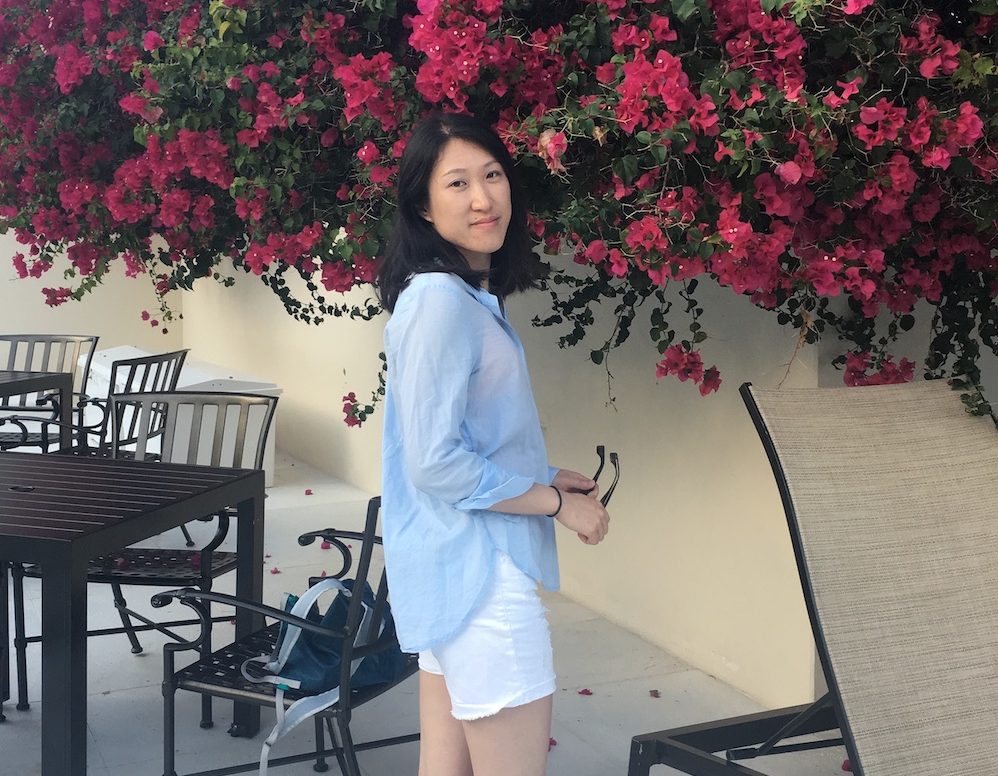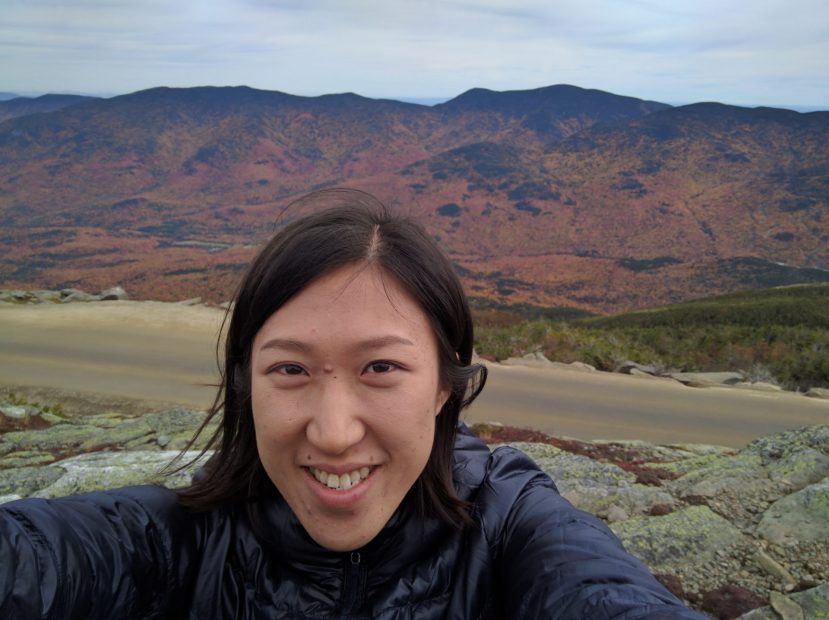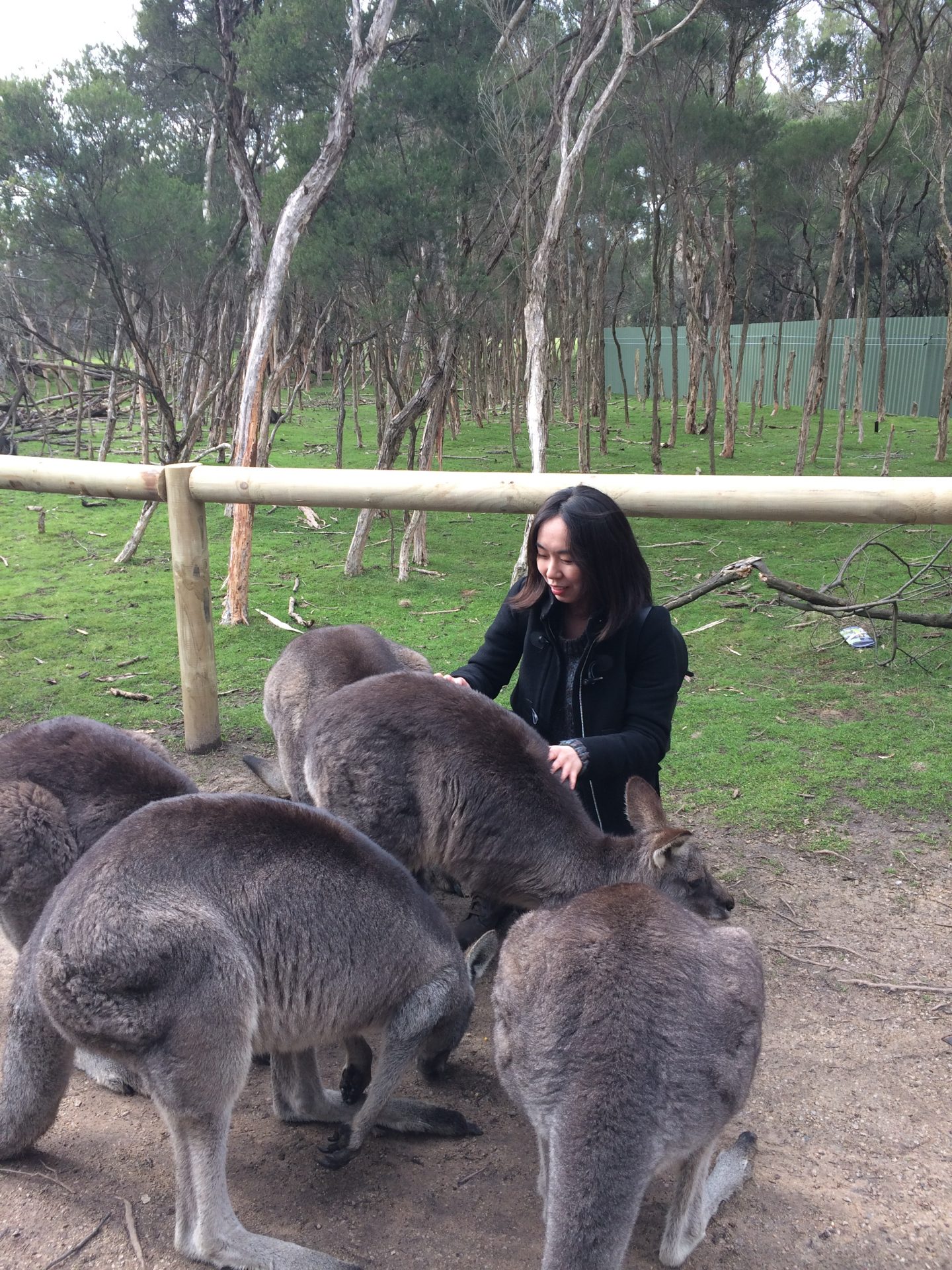Lurong Yang: Postdoctoral Spotlight

Hometown: Yuxi, China
What is your research focus and how does it contribute to the bigger picture (sustainability, climate, human health, etc.)?
My research is focused on advancing the understanding of the flow and transport processes in porous media where physio-bio-chemical phenomena are essential. A particular interest is groundwater contamination and remediation. I use numerical models in combination with experimental observations from interdisciplinary collaboration to solve flow and transport problems and identify important processes and their influences across a range of scales. By improving the quantitative description and prediction of mass transport, transfer, and transformation in the porous media, my research aims to mitigate the adverse impact of pollution on human health and groundwater-dependent ecosystems and promote sustainable exploitation and management of the subsurface resources.
How did you become interested in this work? Was there something that inspired you or did you always have this interest in science and engineering from a young age?
Growing up, I observed how urbanization changed and has been changing the landscape and environment in my hometown. The thought to create effective solutions to environmental problems has been rooted in me, and I chose to major in environmental engineering in college. My path into my research was inspired by the groundwater-related courses that I took in graduate school. I was fascinated by the variability exhibited by subsurface dynamics as well as the nonlinearities among many coupled processes. At the same time, I felt the urgent need to protect and manage groundwater at the global scale, especially knowing the limits to restore many contaminated sites to regulated levels and the ubiquity of pollution from contaminants of emerging concerns due to the production and consumption of a vast array of chemicals. Since then, I have been focused on improving our scientific and engineering understanding of the subsurface and developing tools to predict where, when, and how long chemicals are going to present in heterogenous subsurface environments.
Do you have any career resources you have been referring to during your postdoc or advice for a new postdoc?
There are a wide range of career resources and services for MIT postdocs. Here are a few that I found helpful to me as I started navigating my role as a postdoc: The Career Advising & Professional Development (CAPD), Postdoc Mentoring and Advising Toolkit, MIT Postdoctoral Association (PDA), National Postdoc Association, CEE Communication Lab, MIT Teaching and Learning Laboratory (TLL). The most valuable “recourses” are people in your lab, department, center, and institute. Make sure to engage in this intellectual community as much as you can.
What were you doing (type of work and location) before coming to MIT and what drew you to MIT CEE?
I was completing my PhD at Tufts University where my research focused on the influence of physical-chemical-biological processes coupling on the persistence and remediation of contaminants in complex subsurface environments. I was drawn by the opportunity to work with researchers and engineers that are driven and passionate about impacting the global society and environment in a positive way.
What are the coolest things postdocs should experience while living in Boston?
Too many things. I am afraid that I cannot mention them all at once. I strongly recommend traveling along Charles River by canoeing, kayaking, walking, running, or biking, on a nice day.
How do you like to spend your free time?
I enjoy rock climbing, skiing, and watching animal-related video/stories.
Tell us a fun fact about yourself!
I am enthusiastic about eating and hunting wild edible mushrooms. My hometown is famous for wild mushrooms. The one that is most popular among the true connoisseurs is a poisonous one, called “turning green when exposed to touch”. The poison can be removed by high heat and a good cook.




